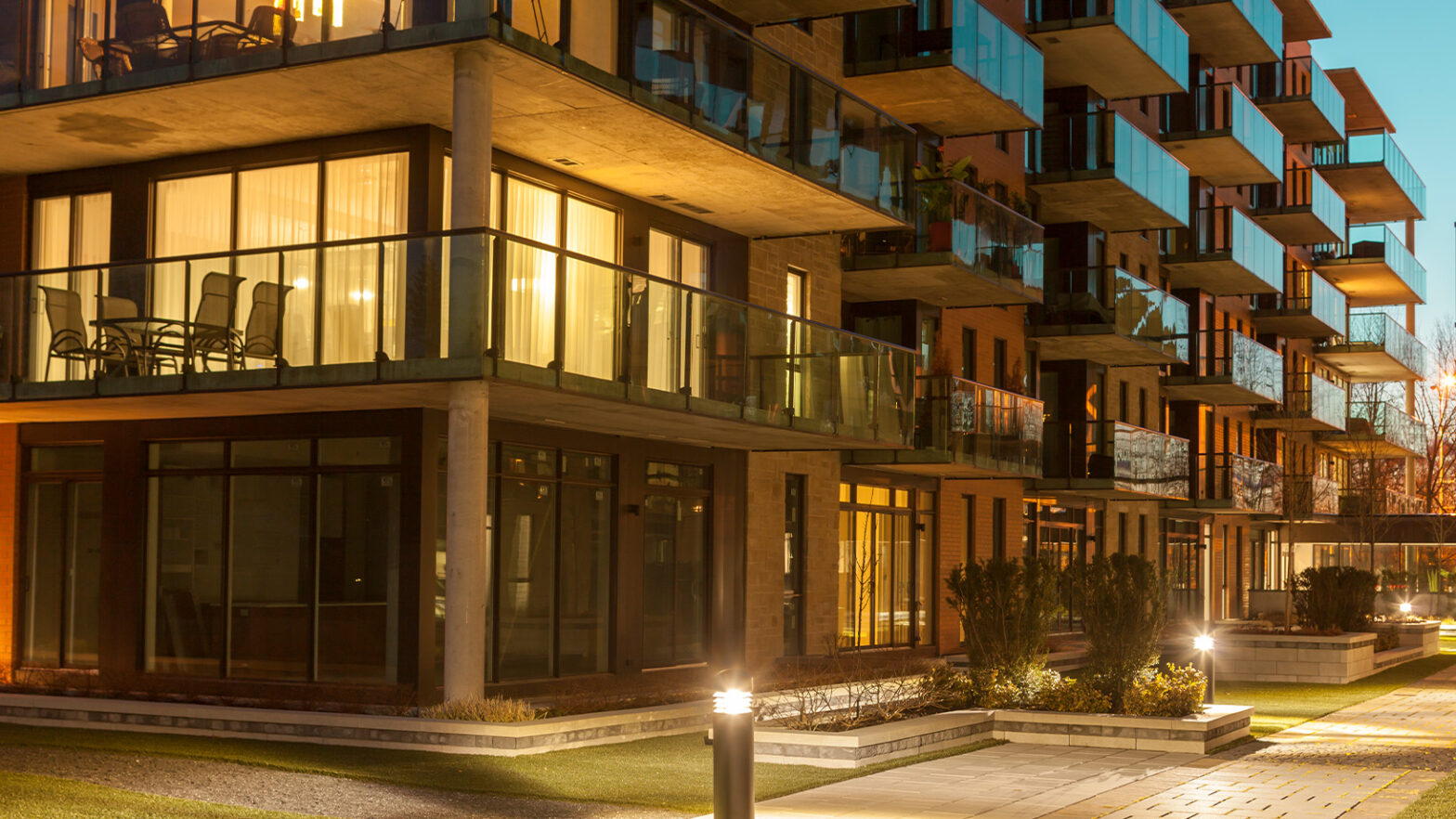
Light Obstruction Notices – A way to maximise developer profit?
If light has been enjoyed without interruption for 20 years into specific windows, then a right to light can be acquired.
A Light Obstruction Notice (LON) is an important tool for developers because it can be a relatively cost-effective legal mechanism to prevent the acquisition of a right to light. When a LON is registered, it is treated as if a hypothetical screen of specified dimensions has been erected on the development land, which obstructs (again hypothetically) the light from reaching the neighbouring buildings set out in the LON. This hypothetical screen in effect is treated as if the structure had been physically present from the date of registration of the LON. For more background on LONs please see or previous article Understanding Light Obstruction Notices – top tips.
A significant advantage of a LON is that it allows developers to avoid the need to construct an actual physical obstruction, which can be costly and impractical. Instead, the LON has all the legal consequences of a physical obstruction, effectively interrupting the enjoyment of light. This can be particularly useful for developers who need to manage potential rights of light issues proactively as part of their development strategy.
There are, however, some limitations to LONs that we regularly advise clients on:
- A LON is temporary and expires after one year from the date of registration. That is unless it is cancelled earlier. That one-year period is enough to stop the acquisition of rights of light under the Prescription Act 1832, but after the LON expires the enjoyment of light will restart and the 20 year countdown will begin again.
- The registration of a LON does not automatically extinguish the right to light. If a neighbouring owner challenges the LON on the basis that it interferes with an already-established right to light, they can bring a claim for infringement of the right in the usual way.
- Even if a LON is not challenged by a neighbouring owner, at best it can only prevent rights being acquired under the Prescription Act 1832. A LON does not affect a right of light already acquired by a freehold owner whose building has enjoyed light through specific apertures for a period of 20 years at any previous time.
- The LON process involves a process of notifying neighbouring owners. This will flag to neighbouring owners your desire to develop your land and also flag that you are concerned about rights of light claims. Making neighbouring owners aware of that can make procuring a rights of light insurance product more difficult. If insurance is an option, it is much better to work through the LON process with the underwriters and insurance team first.
In the right circumstances, LONs can work extremely well to aid your development and maximise profit as you can potentially eliminate what could become costly rights of light claims by considering which neighbouring buildings to target. A well-timed LON can prevent claims from arising and our previous work has saved developers six-figure sums in compensation and costs.
How we can help
We have an experienced propery disputes team who would be happy to discuss the benefits and limitations of LONs.
Talk to us about
Related services





 Download PDF
Download PDF










